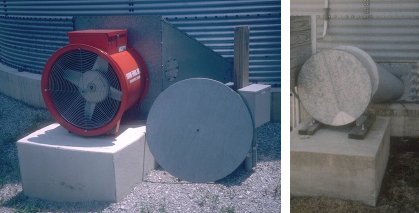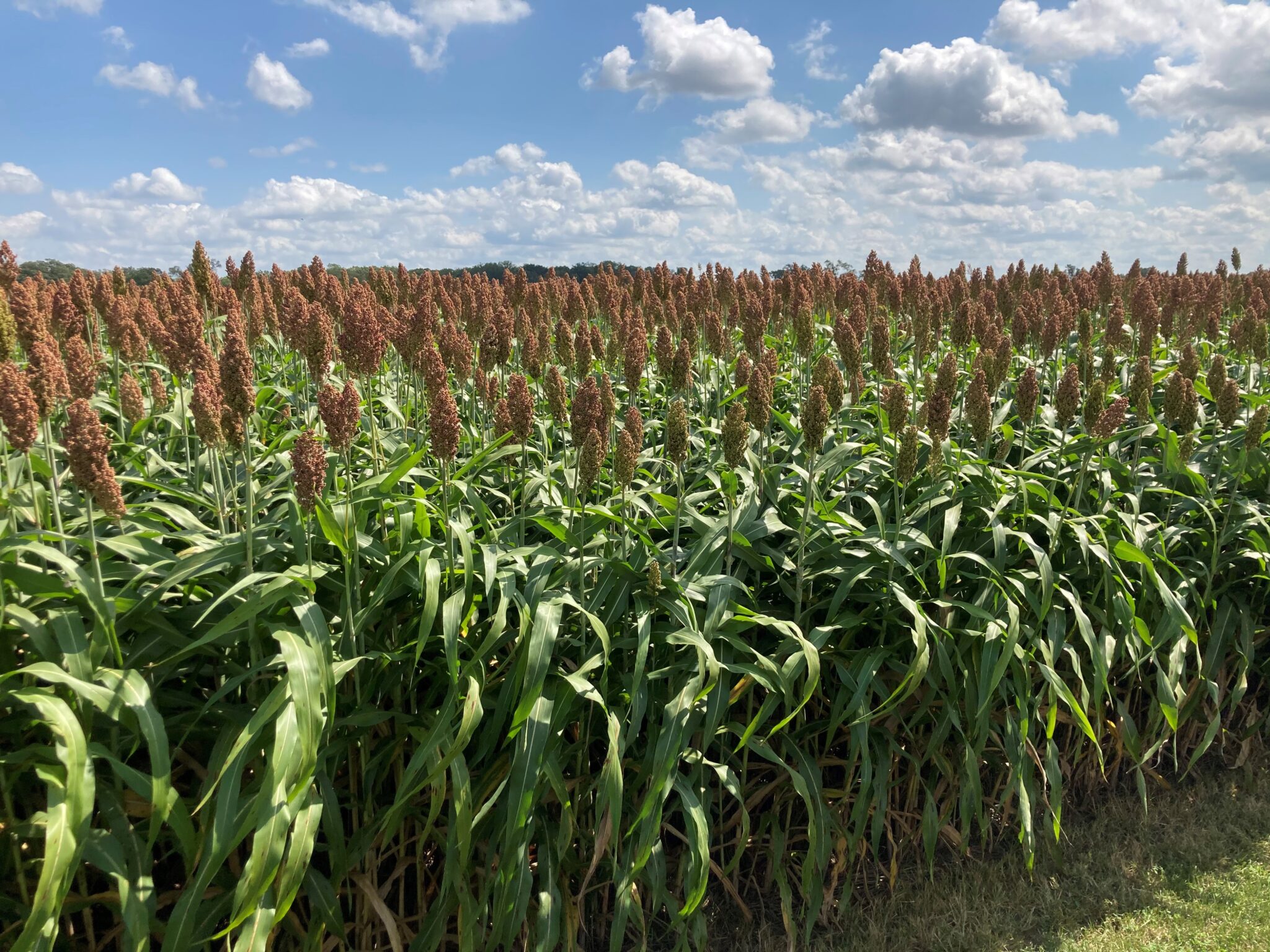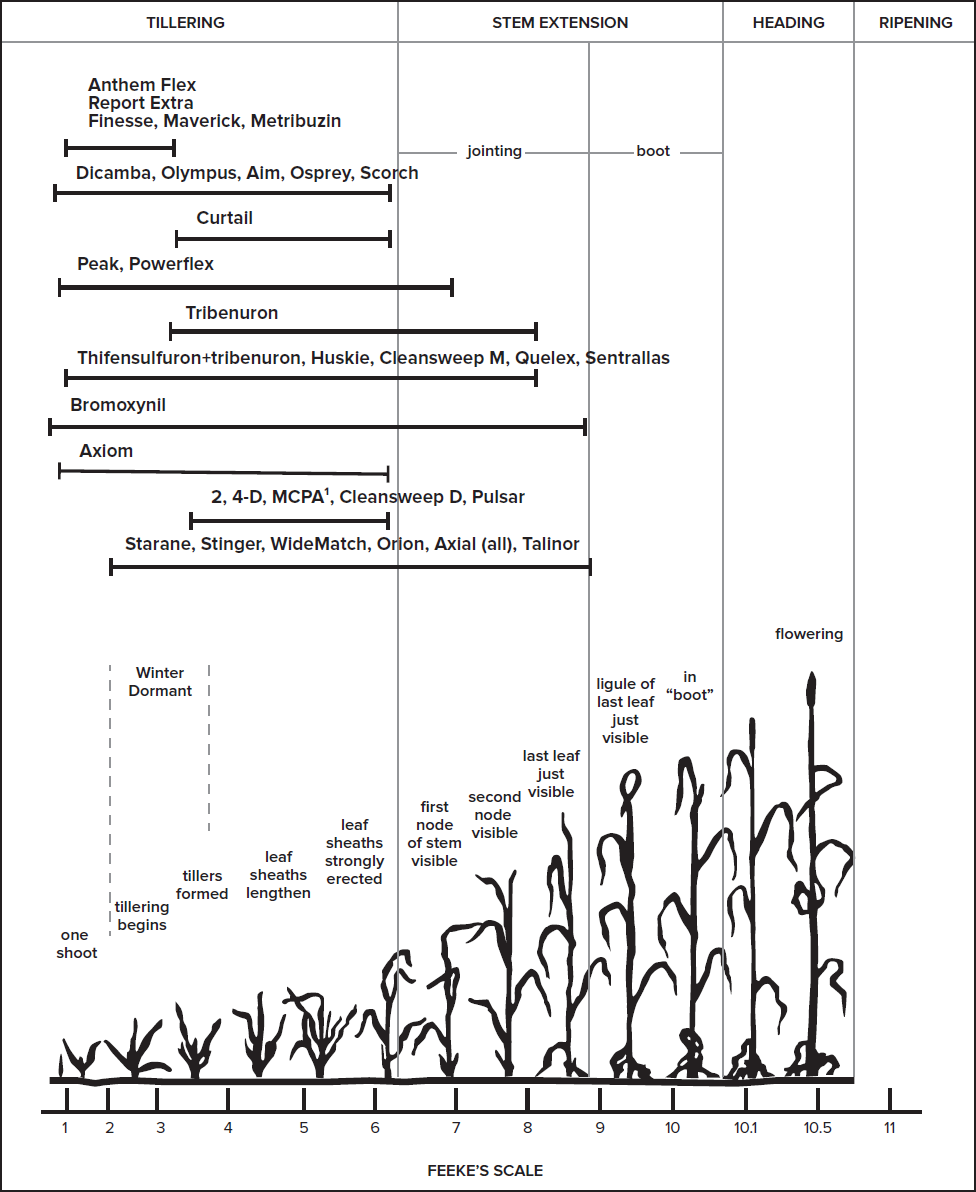From Commodity classic in New Orleans, the new Purdue Crop Chat podcast comes from the trade show floor with host Eric Pfeiffer and Purdue Extension soybean specialist Dr. Shaun Casteel and Extension Corn Specialist Dr. Dan Quinn.
From Commodity classic in New Orleans, the new Purdue Crop Chat podcast comes from the trade show floor with host Eric Pfeiffer and Purdue Extension soybean specialist Dr. Shaun Casteel and Extension Corn Specialist Dr. Dan Quinn.
As spring approaches and farmers and agronomists begin to get anxious as corn planting approaches, the question that often arrives each year is when is the best time to begin planting?
Corn yield response to increasing nitrogen (N) rate follows the Law of Diminishing Returns – as higher and higher increments of N are applied, the increase in grain yield becomes smaller and smaller (Figure 1). Eventually, maximum yield occurs and applying more N does not increase yield any further.

The weather is beginning to warm up with more sunshine days and temperatures in the 40oF and 50oF indicating that Spring is around the corner. While it is great news to welcome the warmth and do away with our winter jackets and warm clothing, warm weather is bad for grain storage.
Last Fall we discussed the herbicide shortage for the 2022 growing season and outlined a couple of scenarios where we can switch to alternative herbicides to accomplish the same weed control objectives.
Purdue University Extension, in collaboration with the Indiana Forage Council, conducted a “Forage Forum Friday” webinar series that has many different topics related to forage crop production, utilization, and marketing.

Corn is an excellent silage crop. However, if corn harvested as silage has lost yield potential and forage quality the last several years because of tar spot, maybe an alternative to consider is forage sorghum.

The warmer temperatures experienced in Indiana over the past weekend and the forecast for warmer temperatures moving forward will allow winter wheat fields in Indiana to green up and resume growth.

Starter 2×2 fertilizer in corn does not consistently increase grain yield but frequently reduces grain moisture at harvest by as much as 1.5 percentage points.
Purdue Extension’s corn and soybean specialists are back for another edition of Purdue Crop Chat. Dr. Shaun Casteel and Dr. Dan Quinn are joined on this episode by Dr. Shalamar Armstrong, associate professor of soil conservation and management at Purdue, to discuss soil health practices, the impacts of certain cover crops, and the emerging carbon credit markets that are generating a lot of interest from farmers. The Purdue Crop Chat is presented by the Indiana Corn Marketing Council and Indiana Soybean Alliance. Your Indiana corn and soybean checkoff investments yesterday are paying off today. New research, new uses, demand creation — bringing dollars back to the farm. Check it out at YourCheckoff.org. Hear the full podcast.
© 2026 Purdue University | An equal access/equal opportunity university | Copyright Complaints | Maintained by Pest&Crop newsletter
If you have trouble accessing this page because of a disability, please contact Pest&Crop newsletter at luck@purdue.edu.